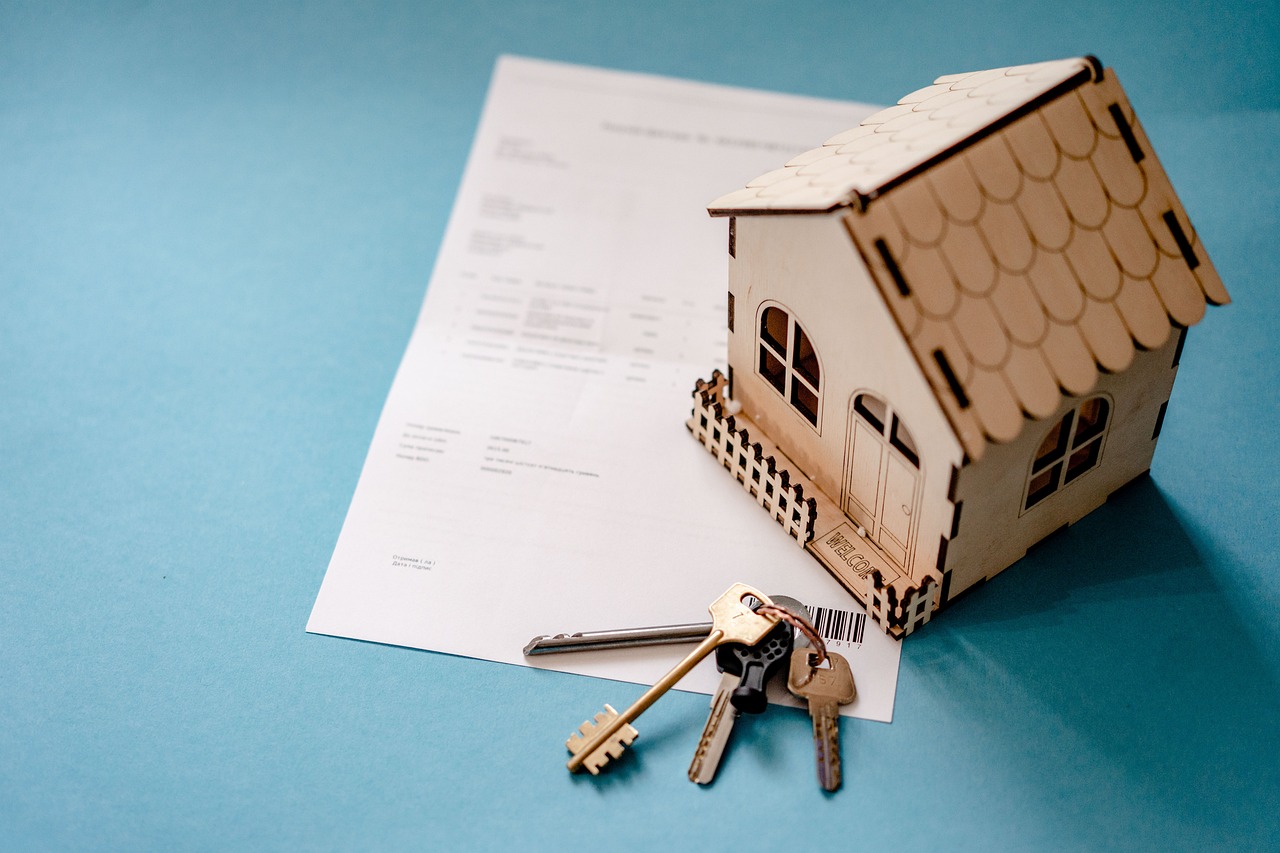Home insurance is a vital financial tool that provides protection and peace of mind for homeowners. It serves as a safeguard against potential risks such as fire, theft, natural disasters, and liability claims. Understanding the basics of home insurance is essential for every homeowner to ensure adequate coverage and financial security. In this comprehensive guide, we will explore the fundamentals of home insurance, discuss different types of policies, coverage options, factors influencing premiums, and tips for choosing the right coverage for your home.
Understanding Home Insurance Basics
Home insurance, also known as homeowner’s insurance, is a type of property insurance that covers losses and damages to an individual’s house and assets within the home. It typically consists of several components:
- Dwelling Coverage: This protects the physical structure of your home, including the walls, roof, floors, and attached structures (e.g., garage). It covers damages caused by covered perils such as fire, windstorms, hail, and vandalism.
- Personal Property Coverage: This insures your personal belongings inside the home, such as furniture, appliances, electronics, clothing, and other valuables. Personal property coverage reimburses you for losses due to covered perils both inside and sometimes outside your home (e.g., theft from a car).
- Liability Protection: Liability coverage protects you against lawsuits for bodily injury or property damage caused to others on your property. It also covers legal fees and settlements if you are found responsible for an accident or injury that occurs on your property.
- Additional Living Expenses (ALE): If your home becomes uninhabitable due to a covered peril (e.g., fire or storm damage), ALE coverage helps pay for temporary living expenses, such as hotel bills or rent, until your home is repaired or rebuilt.
Types of Home Insurance Policies
Home insurance policies can vary in terms of coverage limits, exclusions, and premiums. Understanding the different types of policies will help you choose the one that best suits your needs:
- HO-3 (Special Form): The most common type of home insurance policy, HO-3 covers your home’s structure against all perils (except those specifically excluded) and provides named peril coverage for personal belongings.
- HO-5 (Comprehensive Form): Offers broader coverage than HO-3, typically including both the dwelling and personal property on an open peril basis (except exclusions). It provides more extensive coverage for personal belongings.
- HO-2 (Broad Form): Provides named peril coverage for both dwelling and personal property, meaning it covers specific risks listed in the policy (e.g., fire, theft).
- HO-1 (Basic Form): Provides limited coverage for the dwelling and personal property against a few named perils (e.g., fire, lightning). This type of policy is less common today.
Factors Influencing Home Insurance Premiums
Several factors can influence the cost of your home insurance premiums. Understanding these factors will help you anticipate costs and potentially lower your premiums:
- Location: The location of your home plays a significant role in determining insurance premiums. Factors such as proximity to fire stations, crime rates, and weather risks (e.g., hurricanes, earthquakes) can impact premiums.
- Dwelling Value and Construction: The replacement cost of your home (i.e., the cost to rebuild it) and the materials used in construction (e.g., wood frame vs. brick) affect premiums. Higher dwelling values or unique construction materials may lead to higher premiums.
- Coverage Limits: The amount of coverage you choose for dwelling, personal property, and liability will influence your premiums. Higher coverage limits mean higher premiums.
- Deductible Amount: The deductible is the amount you must pay out-of-pocket before your insurance coverage kicks in. Choosing a higher deductible typically lowers your premiums but increases your initial out-of-pocket expenses in the event of a claim.
- Claims History: Insurers may consider your claims history when determining premiums. A history of frequent or expensive claims may result in higher premiums.
- Home Security and Safety Features: Installing security systems, smoke detectors, fire alarms, and other safety features can qualify you for discounts on premiums.
Choosing the Right Home Insurance Coverage
When selecting home insurance coverage, consider the following tips to ensure you choose the right policy for your needs:
- Assess Your Coverage Needs: Evaluate the value of your home, personal belongings, and potential liability risks. Consider factors like location-specific risks (e.g., flood-prone areas) and the replacement cost of your home.
- Understand Policy Details: Carefully read and understand the terms, conditions, and exclusions of each policy. Pay attention to coverage limits, deductible amounts, and any additional endorsements or riders that may be necessary.
- Compare Multiple Quotes: Obtain quotes from several insurers to compare coverage options, premiums, deductibles, and discounts. Consider consulting with an independent insurance agent who can help you navigate policy choices.
- Review Customer Feedback and Ratings: Research insurer reviews, customer satisfaction ratings, and complaint records to gauge the reliability and service quality of potential insurers.
- Bundle Policies: Many insurers offer discounts if you purchase multiple policies (e.g., home and auto insurance) from the same company. Bundling policies can help you save on premiums.
- Regularly Review and Update Coverage: Periodically review your home insurance coverage to ensure it aligns with your current needs and any changes in your home or personal circumstances (e.g., renovations, acquisitions).
Conclusion
Home insurance is a critical investment that protects your home, personal belongings, and financial well-being from unforeseen risks and liabilities. By understanding the basics of home insurance, exploring different policy options, and considering factors that influence premiums, you can make informed decisions when choosing the right coverage for your home. Remember to assess your coverage needs, compare quotes, review policy details, and seek professional advice if needed to ensure you have adequate protection tailored to your specific circumstances. Taking proactive steps to secure reliable home insurance coverage provides peace of mind and ensures you are prepared for the unexpected challenges of homeownership.

